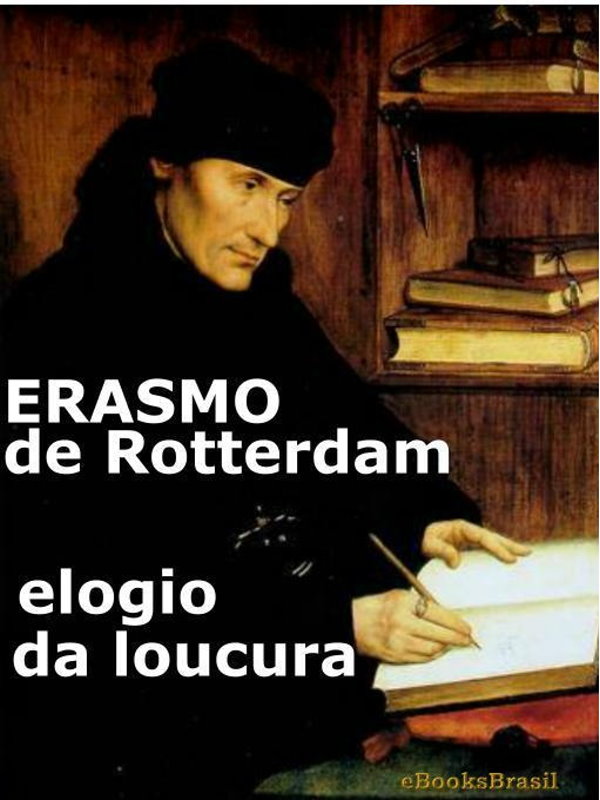

However, now this trend is being accompanied by more penetrating realism.

Some thinkers are still investigating this trend, most notably Ferréz (1975), who writes “from the inside”, meaning from the point of view of dwellers of São Paulo’s peripheral areas, in books like Deus foi almoçar (“God Went Out For Lunch”, 2011) and Os ricos também morrem (“The Rich Die, Too”, 2015). The outskirts of its big cities became the perfect backdrop for stories that told the experiences of characters on the fringes of society. In the first decade of the century there was a clear trend towards naturalism, which verged on a kind of showcase for the aberrations and abominations in Brazilian daily life. In the last ten years, fiction has continued to grow apace, confirming the direction first taken by the influential authors who came of age in the 1990s, like Milton Hatoum (1952), Rubens Figueiredo (1956), Bernardo Carvalho (1960) and Marçal Aquino (1958).ĭifferences aside, it would be fair to say that one of the tell-tale features of Brazilian prose today continues to be a taste for realism.


 0 kommentar(er)
0 kommentar(er)
